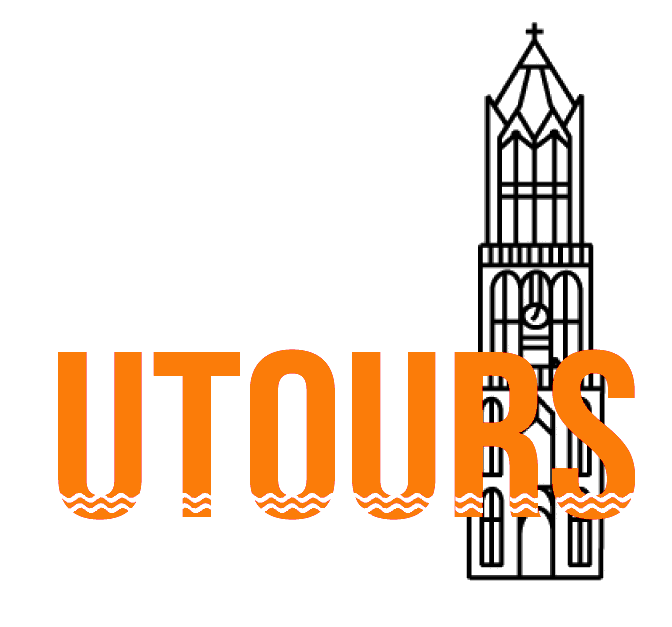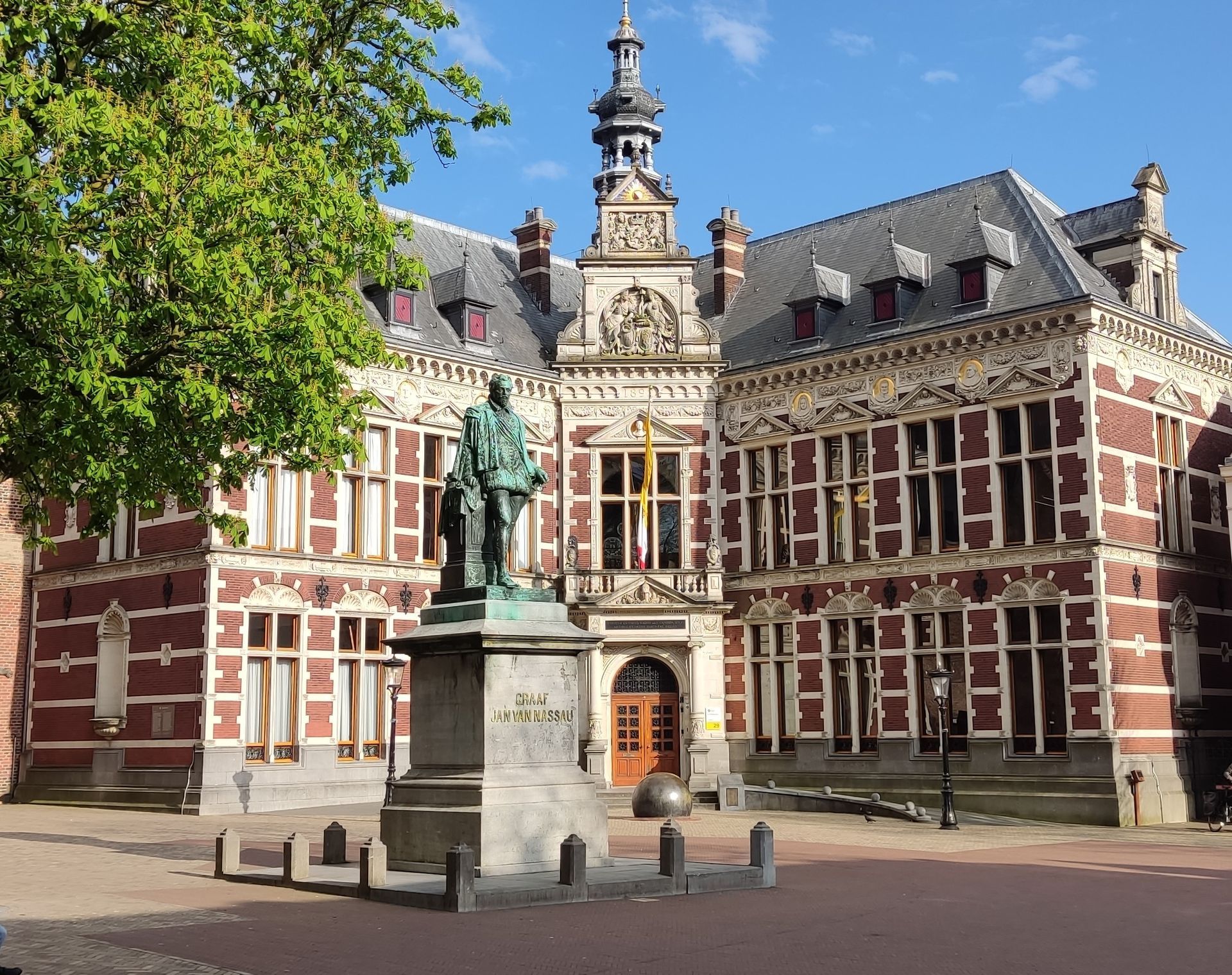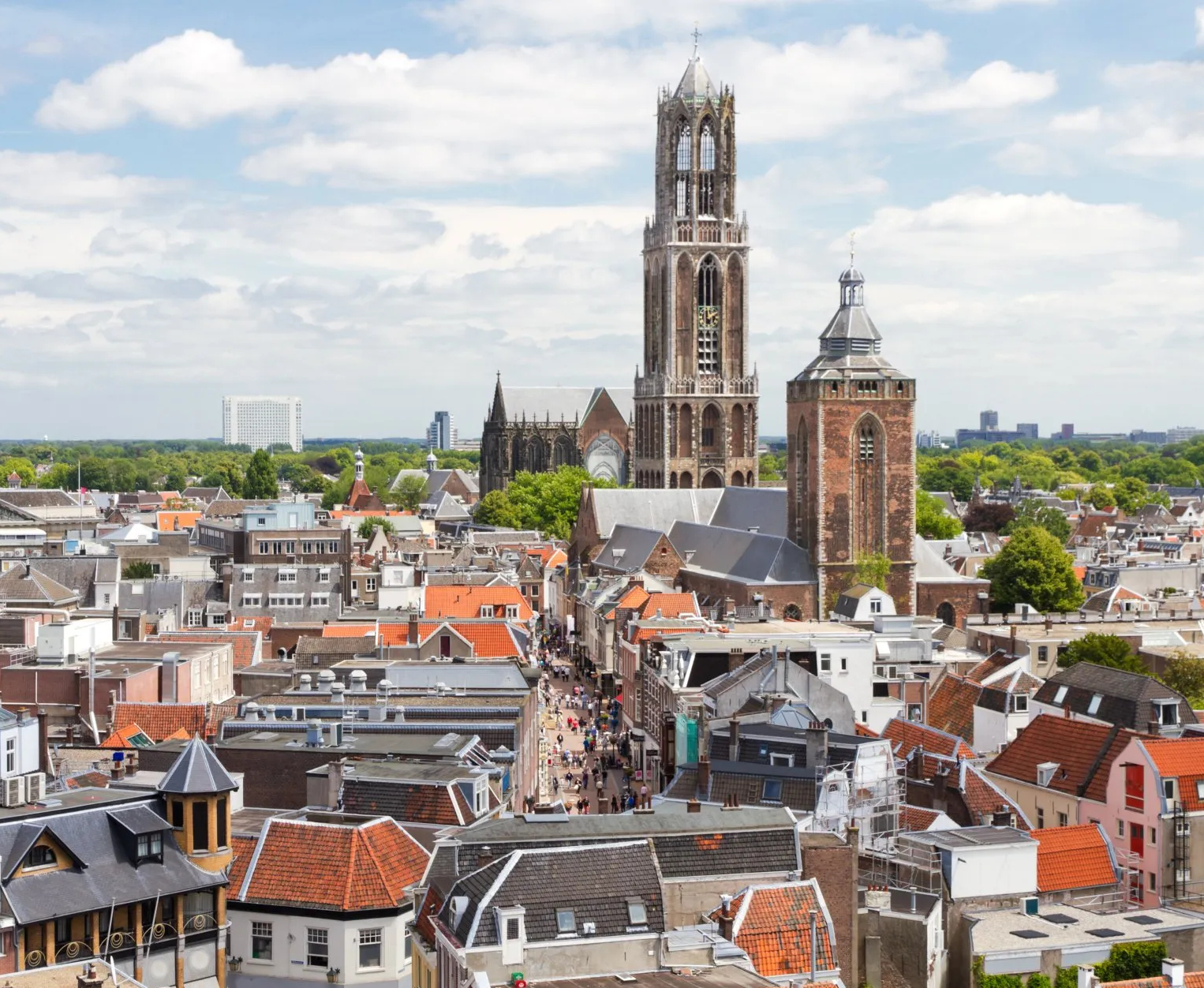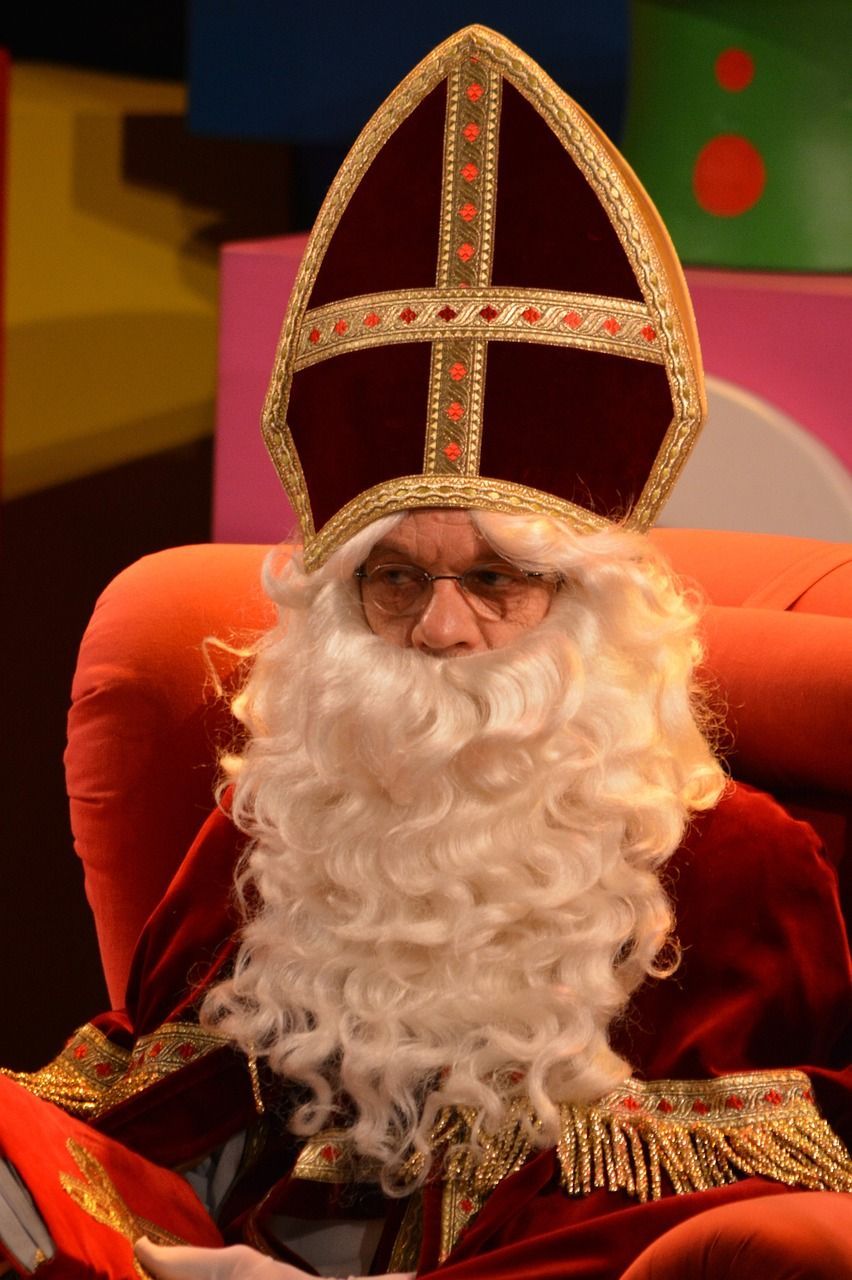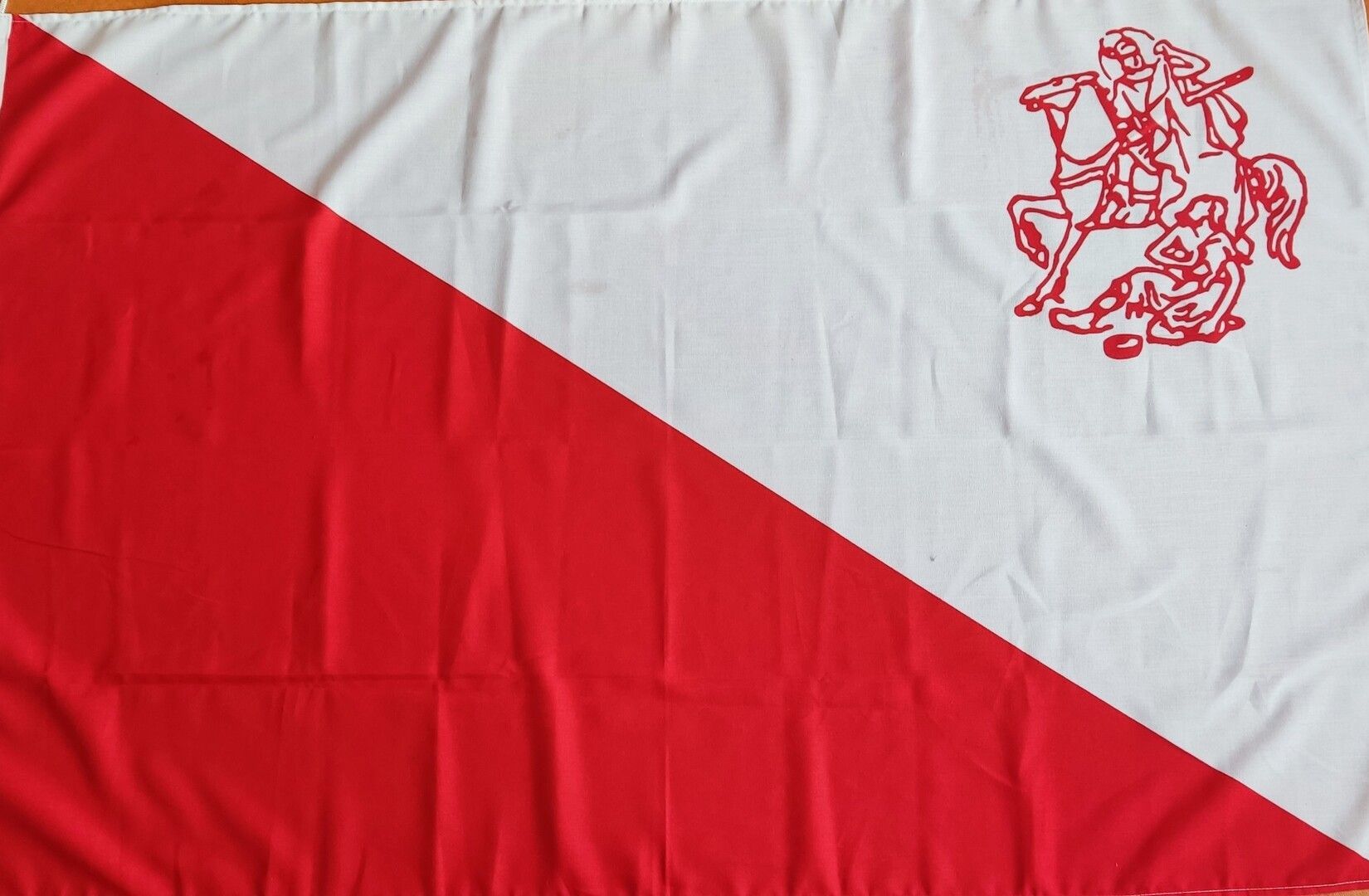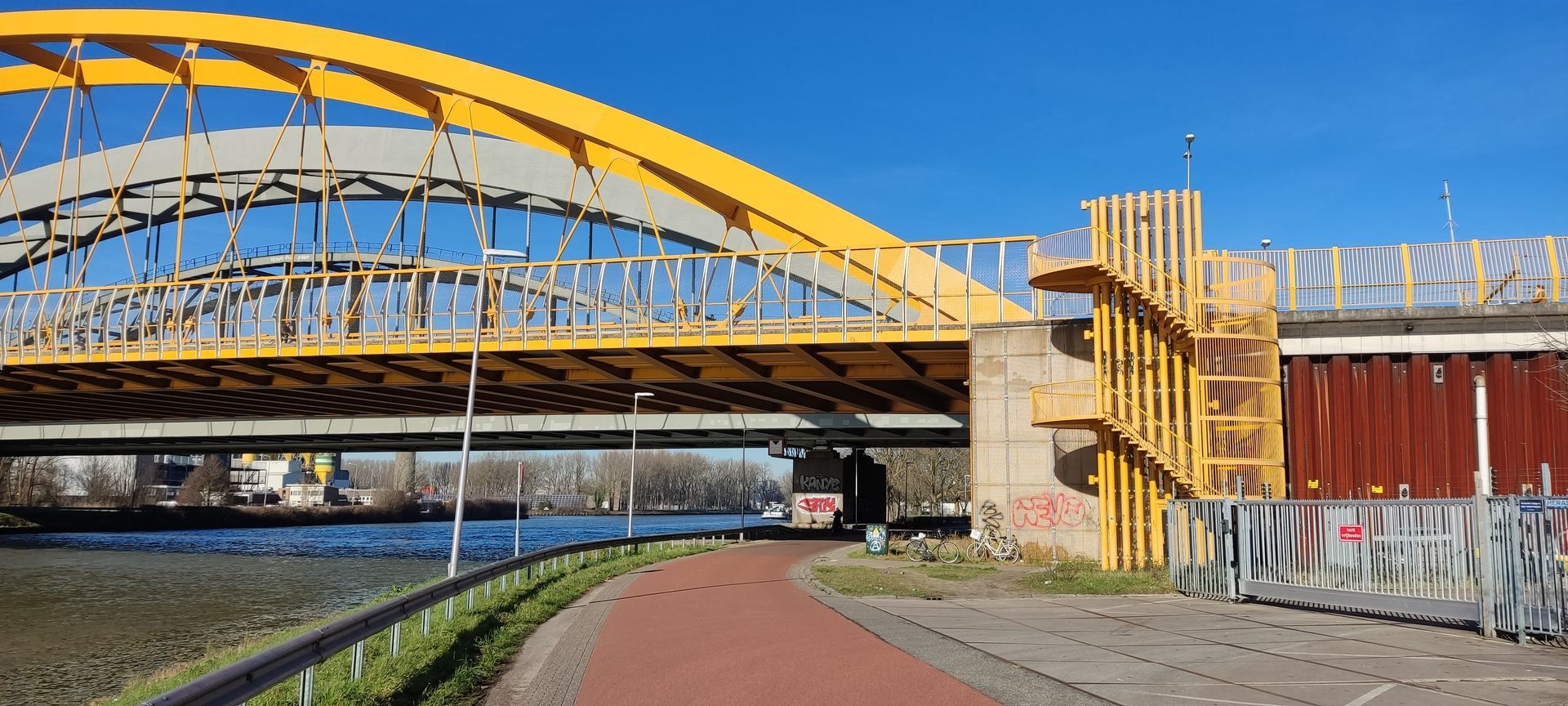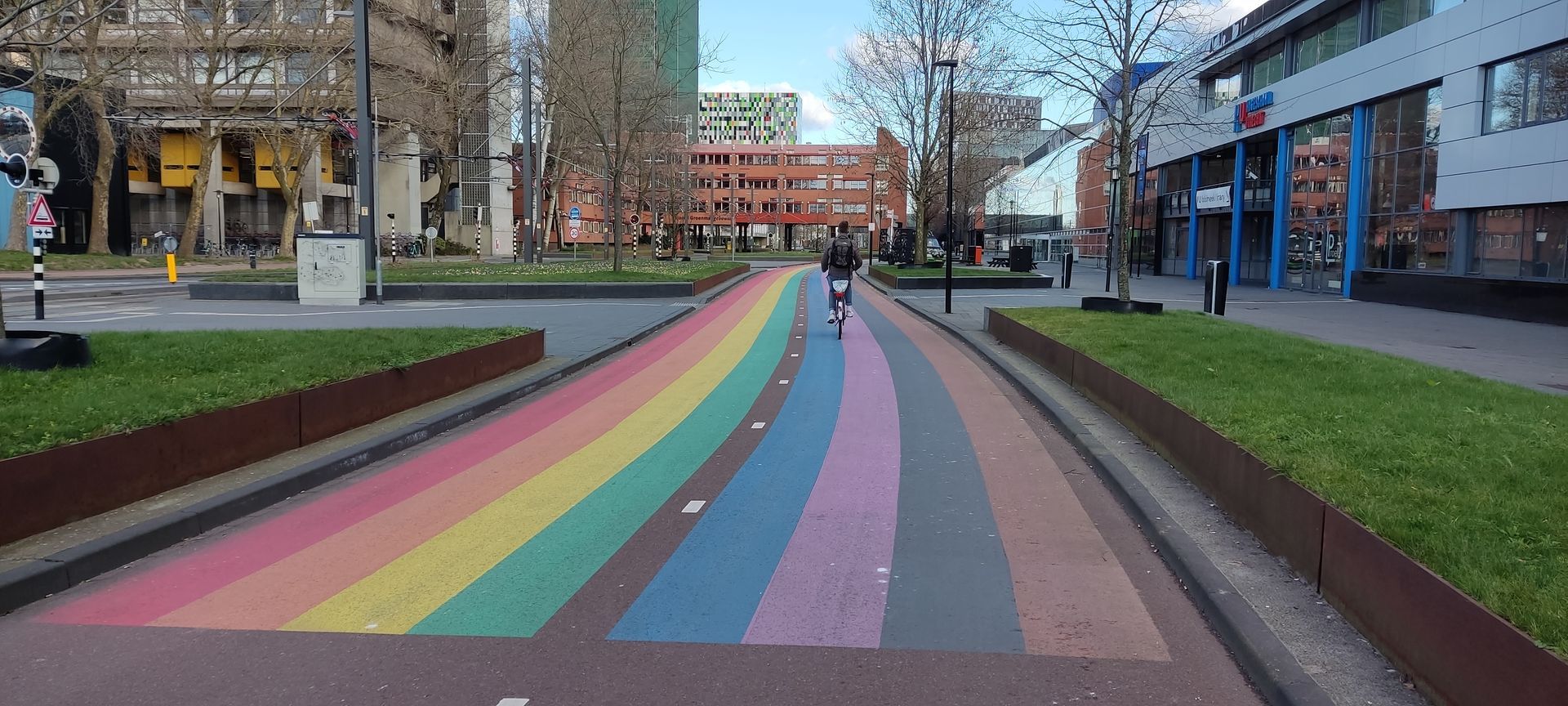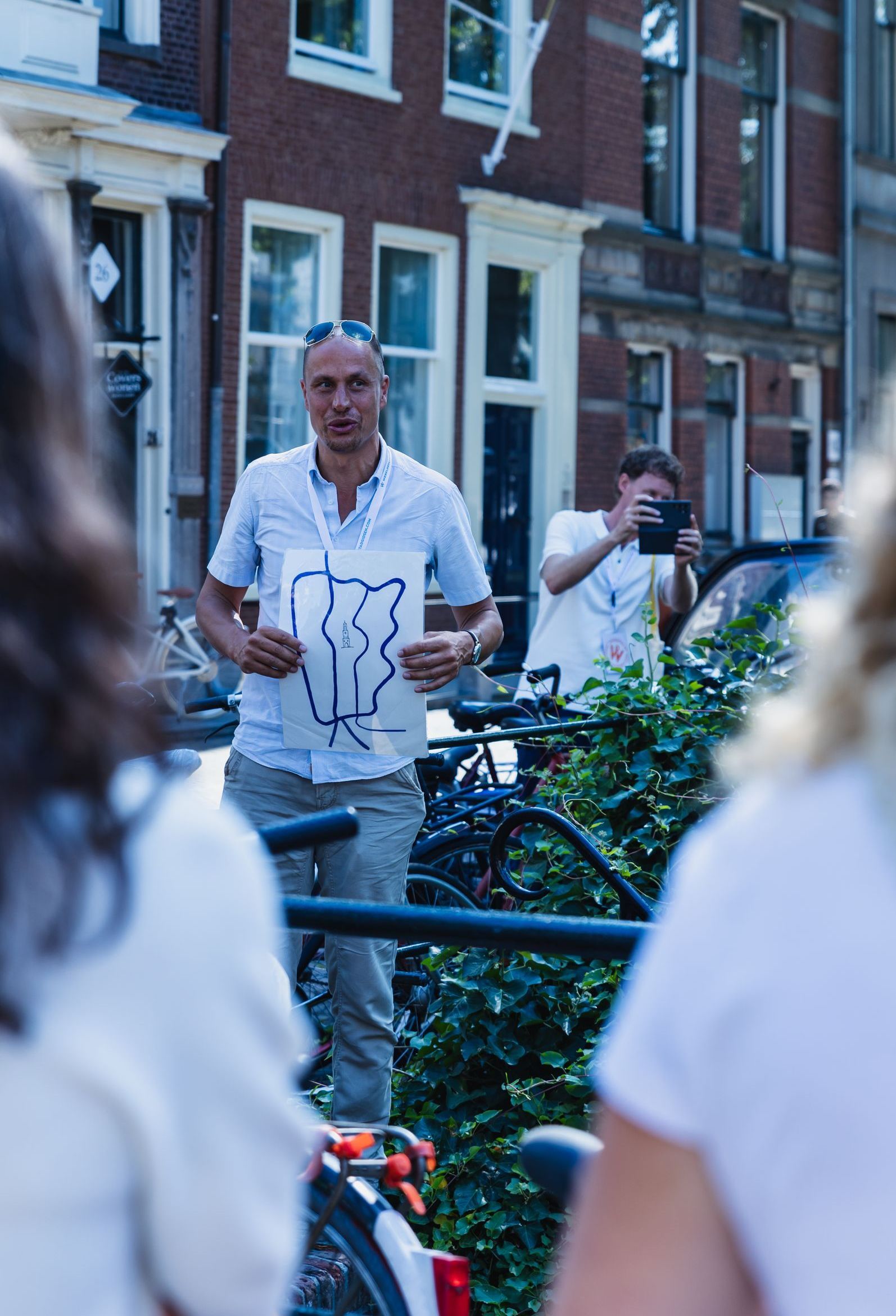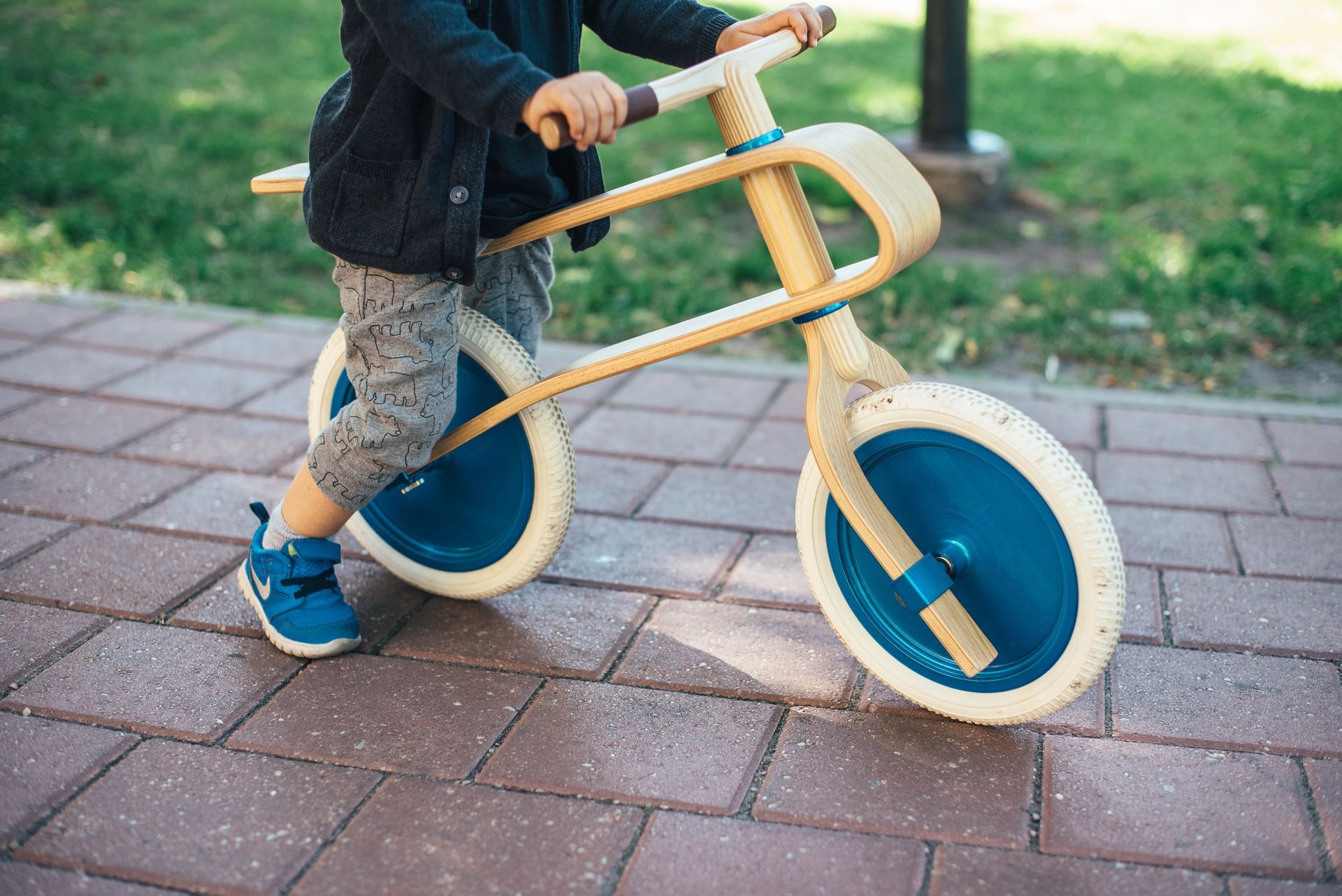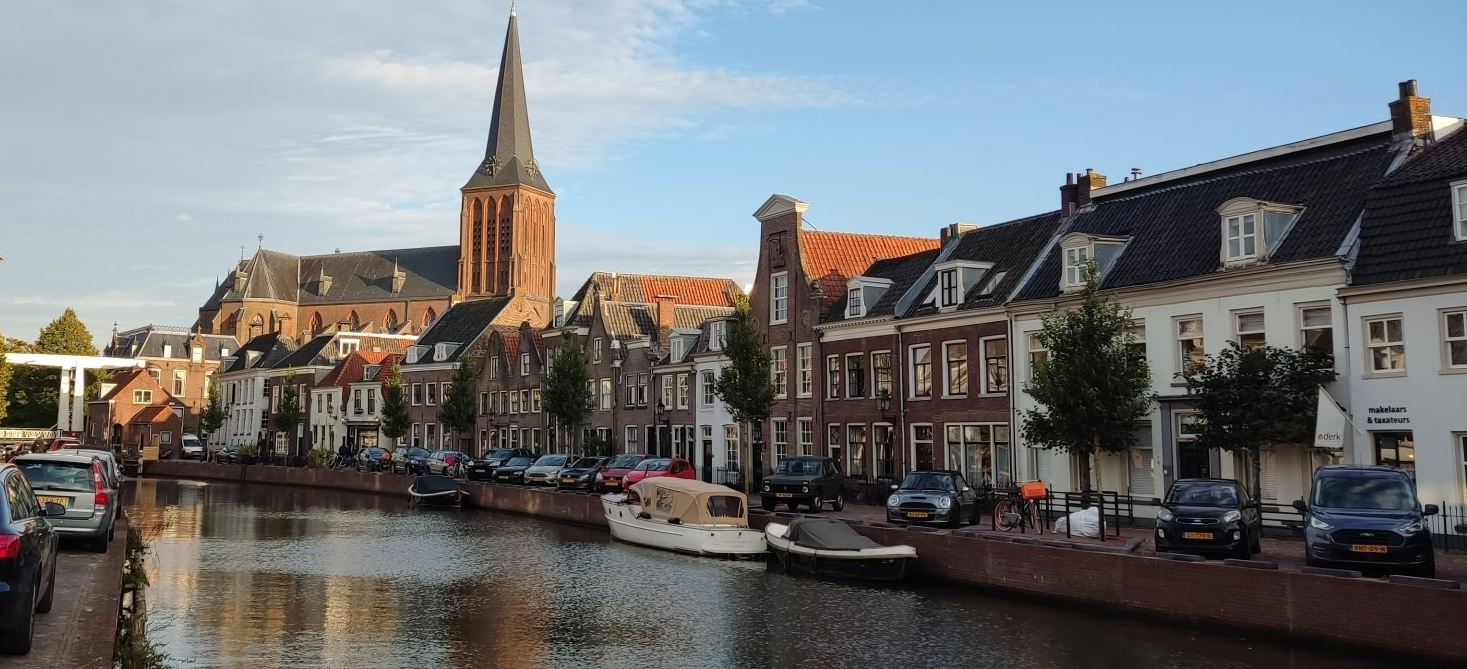The Dutch Foundations
Dikes, dams and democracy
When I was six years old, a television series named "The Rising Tide" was broadcasted on television. Watching it, the omnipresent threat posed by rising water levels, made a deep impression on me. Ever since, I have always had a certain awe of dikes and rivers (and perhaps a dormant fear of dike breaches). Fortunately, I now have a friend who is an engineer and builds levees. He regularly assures me that everything is very safe here.
So, it is with pleasure and peace of mind, that I ride my road bike over the dike along the River Lek. This river lies a few miles south of Utrecht. My favorite stretch for cycling is the Lekdijk-Oost (East). There is relatively little traffic there, in winter you see lots of geese, and you pass by fortresses of the New Dutch Waterline. Furthermore, along the river a beautiful recreational area is located where people relax and go swimming.
The source of the river Rhine
The Lek is a branch of the Rhine River. It originates high in the Swiss mountains from glacier water. At 1232 kilometers long, the Rhine is one of the longest rivers on the continent. The name itself carries the meaning of "flow," as in Heraclitus' philosophical statement "Panta Rhei," meaning "everything flows”.
Upon its arrival in the Netherlands, the Rhine branches off into several streams, including the Waal, the IJssel and the Neder-Rijn. The latter eventually is called the Lek, an important waterway in the Dutch Rhine-delta.
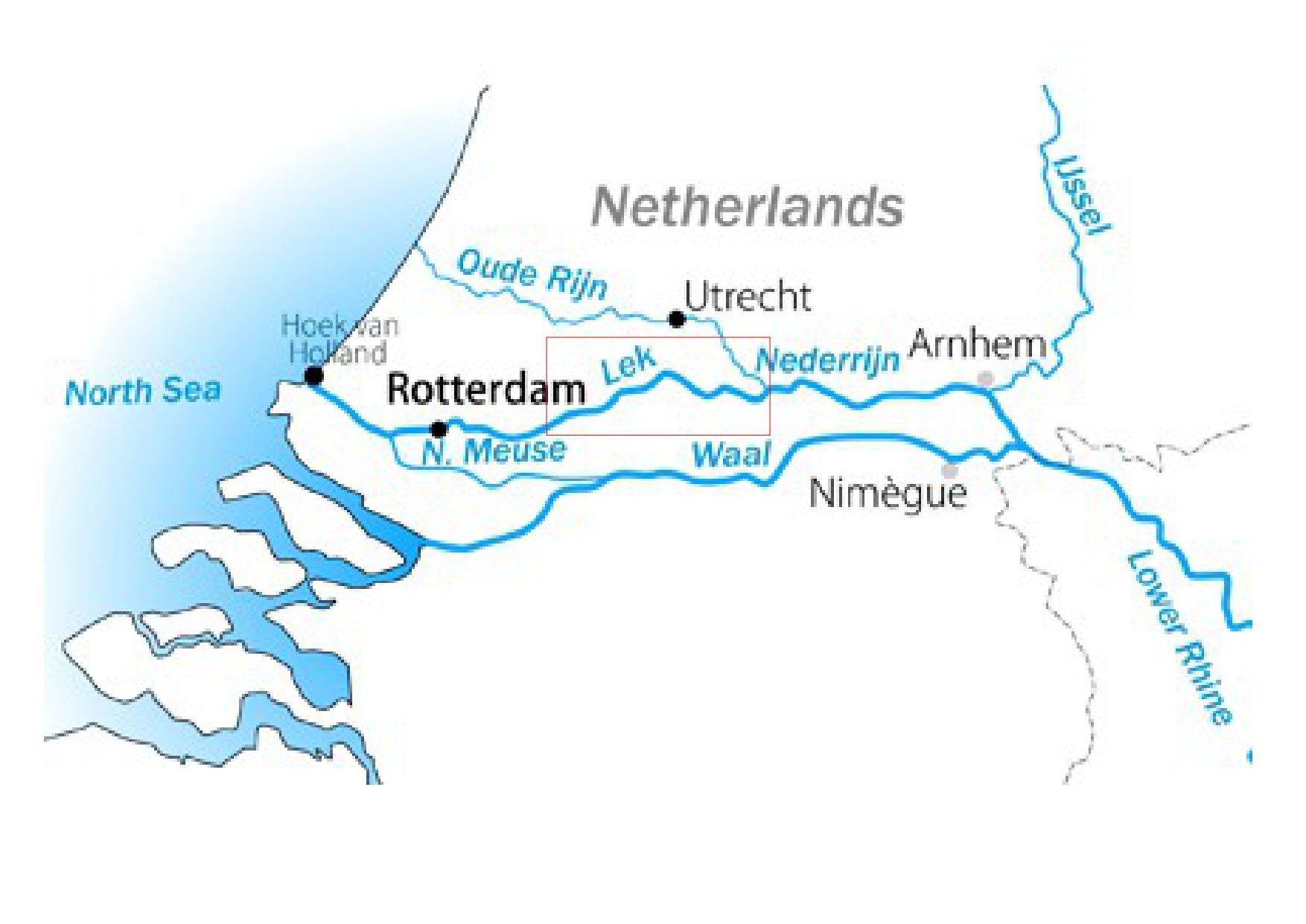
Dikes, dams and floodings
As early as the 11th century, people began building dikes on the banks of the Lek River, to protect themselves from the threat of flooding. These dikes were built on natural embankments, and were essential for the preservation of land and communities.
By also building dams in branches of the Lek, such as the Kromme Rijn and Hollandsche IJssel, more land could be reclaimed. Moreover, these smaller rivers became more manageable and less prone to floodings.
Despite the construction of more and stronger dikes, communities along the Lek faced the devastating force of dike breaches. On Jan. 1, 1624, the Lek dike at Tull en 't Waal broke, causing the water to extend as far as downtown Amsterdam. In 1747, a dike breach near Wijk bij Duurstede caused major flooding in the Krommerijn area, with water reaching the moot of the city of Utrecht.
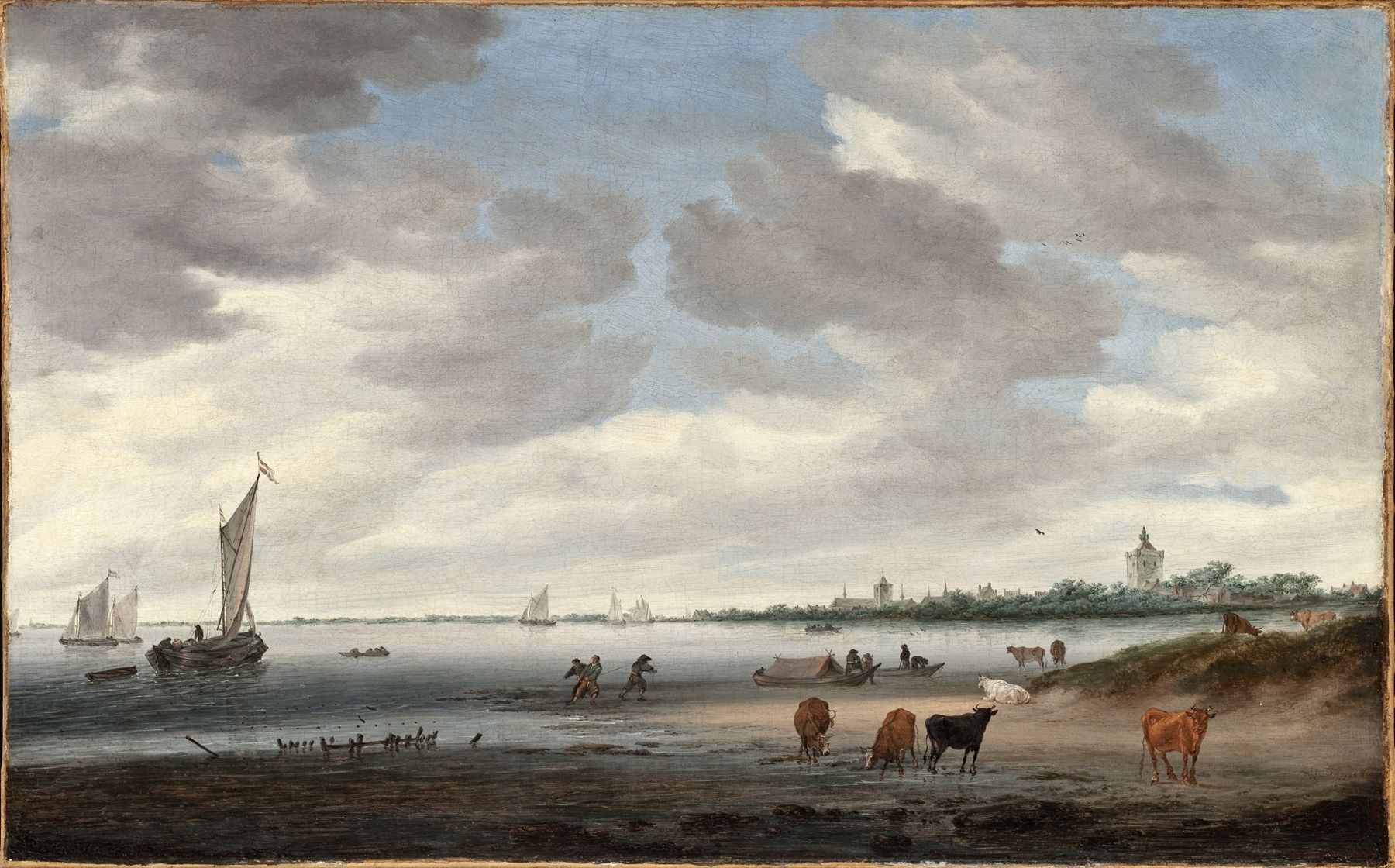
Cooperative dike-management
The key to effective water management, proved to be a particular culture of participation. To keep the dikes strong, residents had to work together. They needed each other. Every farm was obliged to maintain its part of the dike. If agreements were not kept, they had to call each other out. Smooth cooperation and clear communication were of vital importance.
The joint battle against the water also brought with it a certain sense of belonging. Everyone faced the same challenge after all. When there was a flood, rich and poor worked shoulder to shoulder on the dike, laying sandbags. At that point, differences no longer mattered.
Waterboards and democracy
From 1255 onwards, the vital task of dike management was placed in the hands of water boards. These were the first democratic institutions in the Netherlands. Within a water board, it was important to discuss issues in a constructive manner, weigh positions carefully, and make well-balanced and acceptable decisions. This was the so-called 'poldermodel' in its purest form. Two centuries ago there were as many as 3,500 different water boards; today these boards have merged into a total of 21.
Funding dike-maintenance
Maintenance of the dikes was paid from the revenues of the communal land. However, major dike improvements required large sums of money. With the help of the Water Board Bank, lenders were searched for internationally. The loans taken out were bonds on which an annual interest was paid.
After the breach of a dike at Tull en 't Waal in 1624, the gap in the dike had to be closed. To cover the costs, the Water Board of Lekdijk Bovendams, issued a bond. This was a perpetual bond (without an expiration date) and appears to be the oldest one in the world. Until the early 1970s, annual interest (about 15 dollars) was paid out in cash. After that, the collection of interest stalled, because the revenues did not outweigh the travel expenses made by the American owner. At an auction in the year 2000, the Museum of American Financial History in New York paid $ 47,000 to take possession of the bond.
Another 1648 bond, issued by the same water board, is currently owned by Yale University.
The meaning of the Dutch word 'dijk'
The word "dijk" (dike/levee/embankment) is one of the oldest words in Dutch language. It is used in multiple proverbs, referring to someone or something very strong.
Nowadays, a dike always refers to a man-made embankment, but in the past a 'dijc' could also be a ditch or pond. The word derives from a Germanic verb for digging, from which the English 'ditch' and 'to dig' also originate. The Dutch linguist Ton den Boom, explains this interesting paradox as follows: "The intended action (digging) always tends to change the earth's surface in two ways: it creates an excavation as well as an accumulation. In Dutch language, ‘dike’ has retained only the latter meaning."




